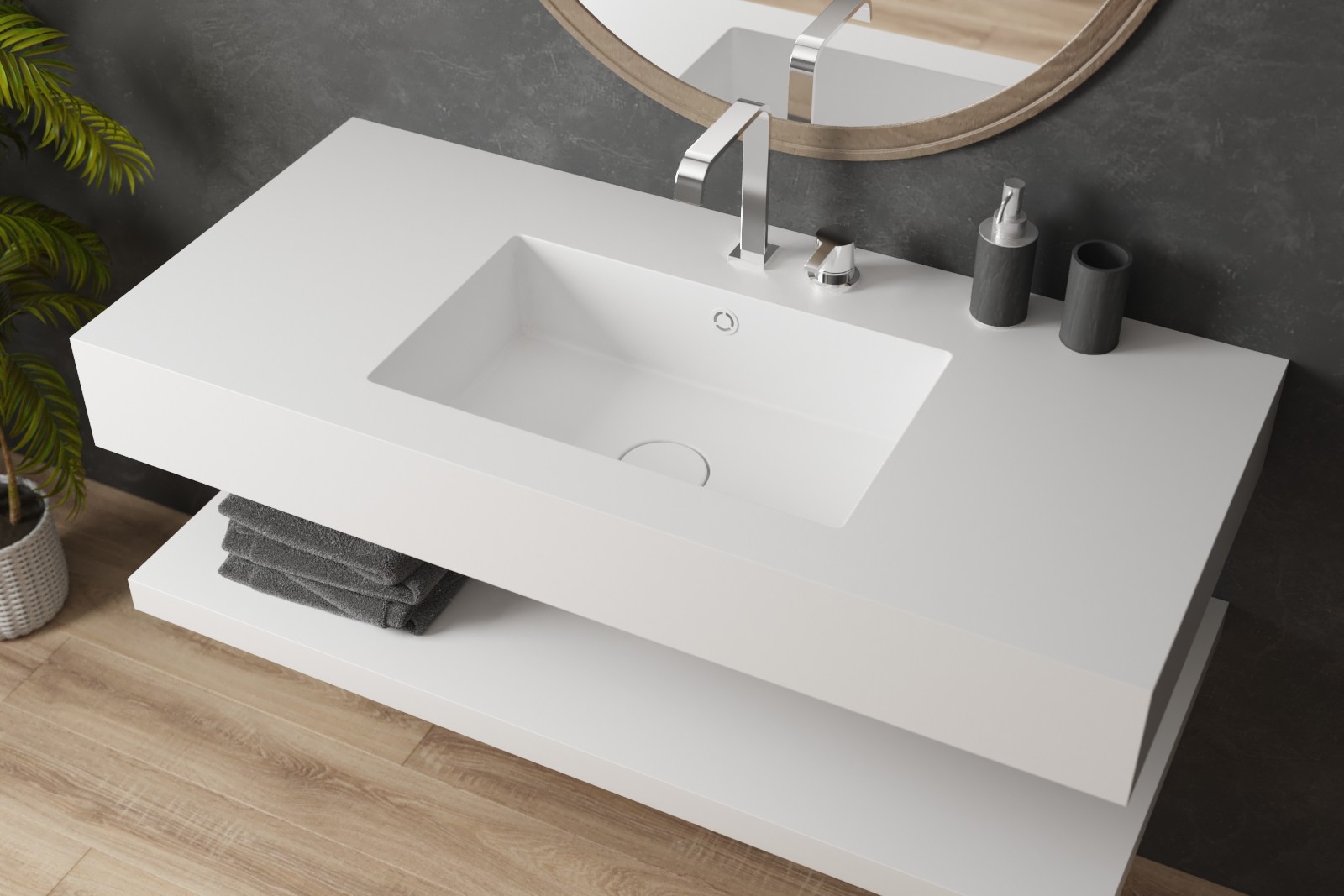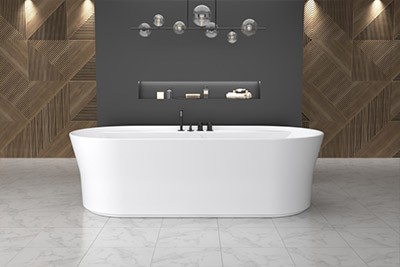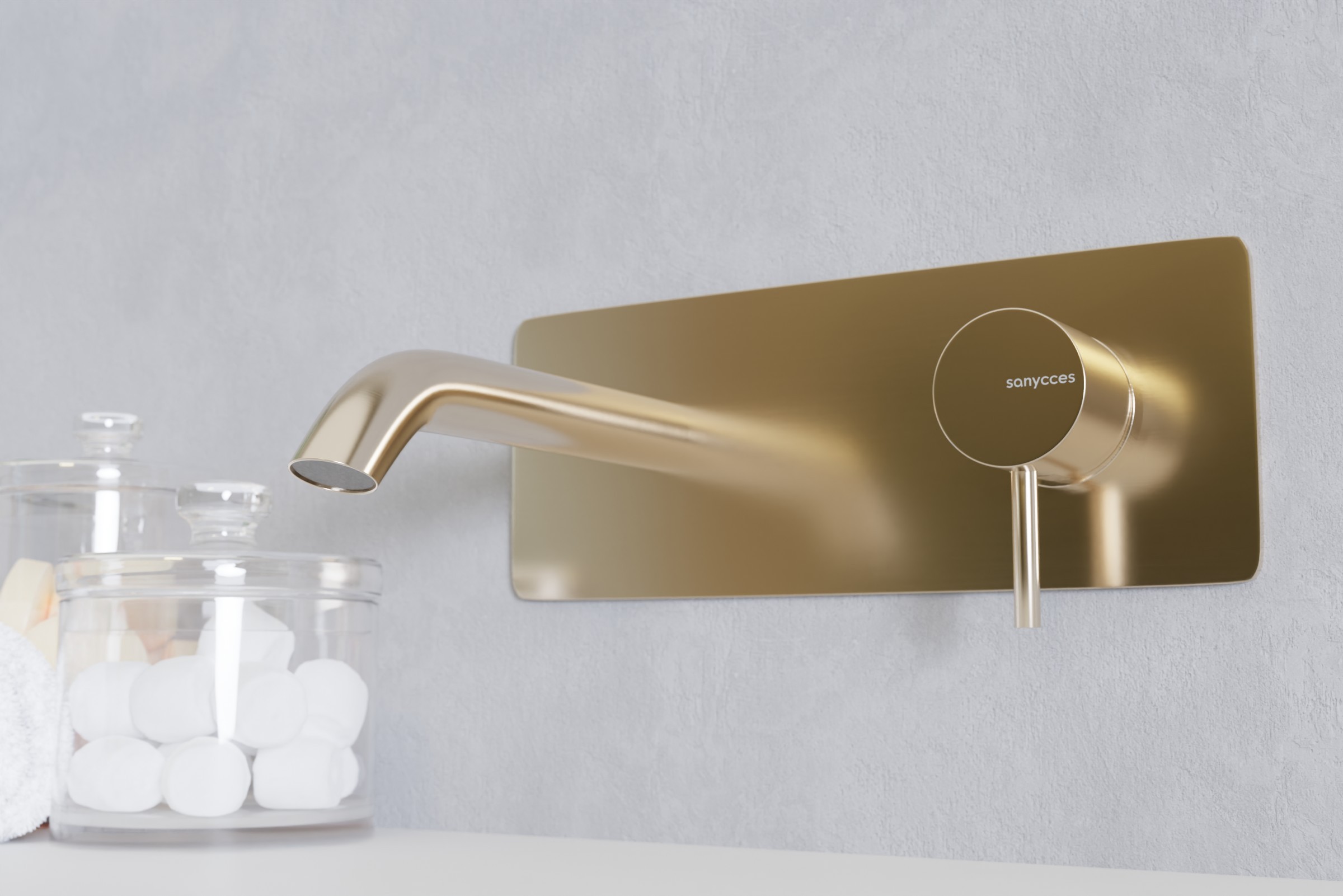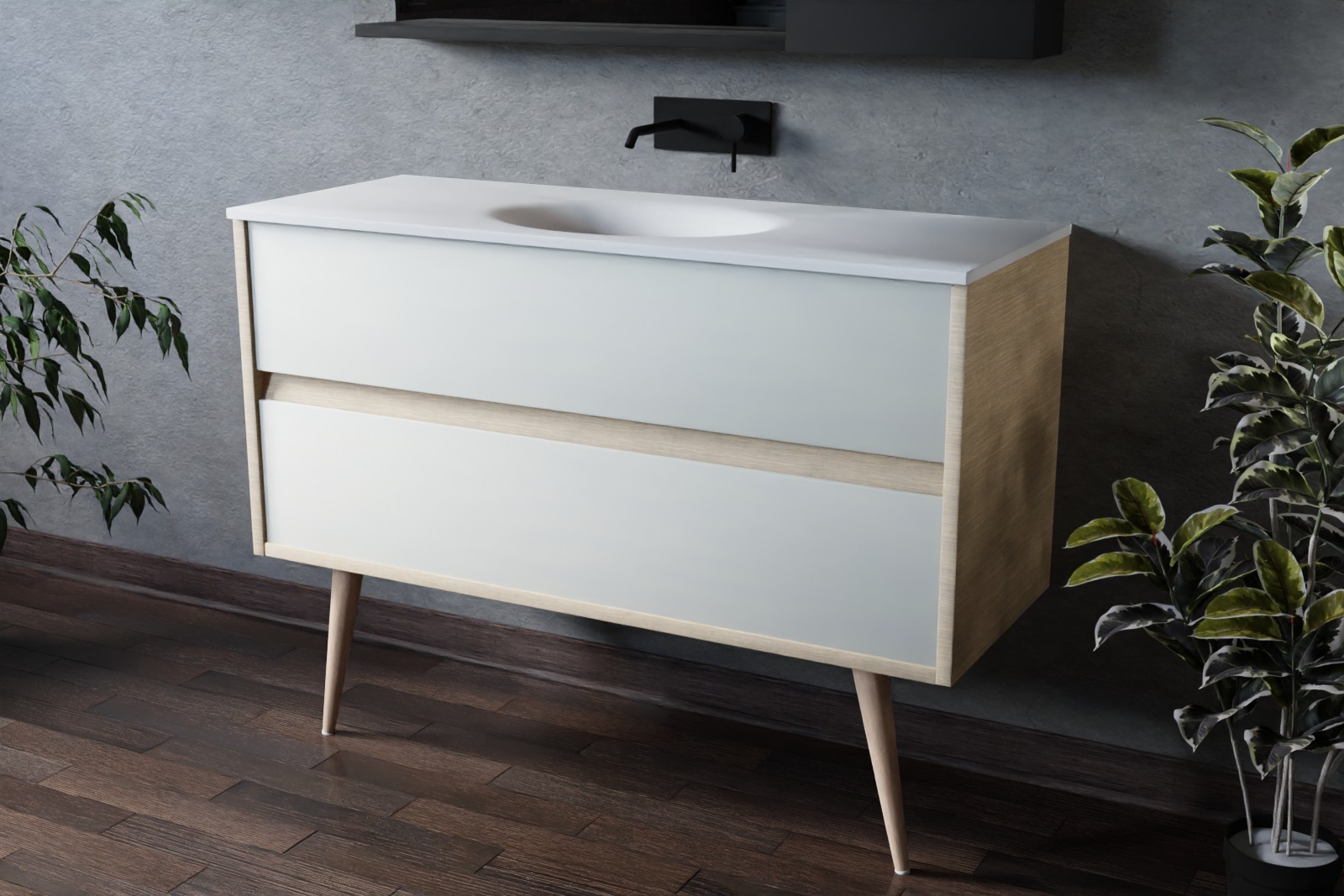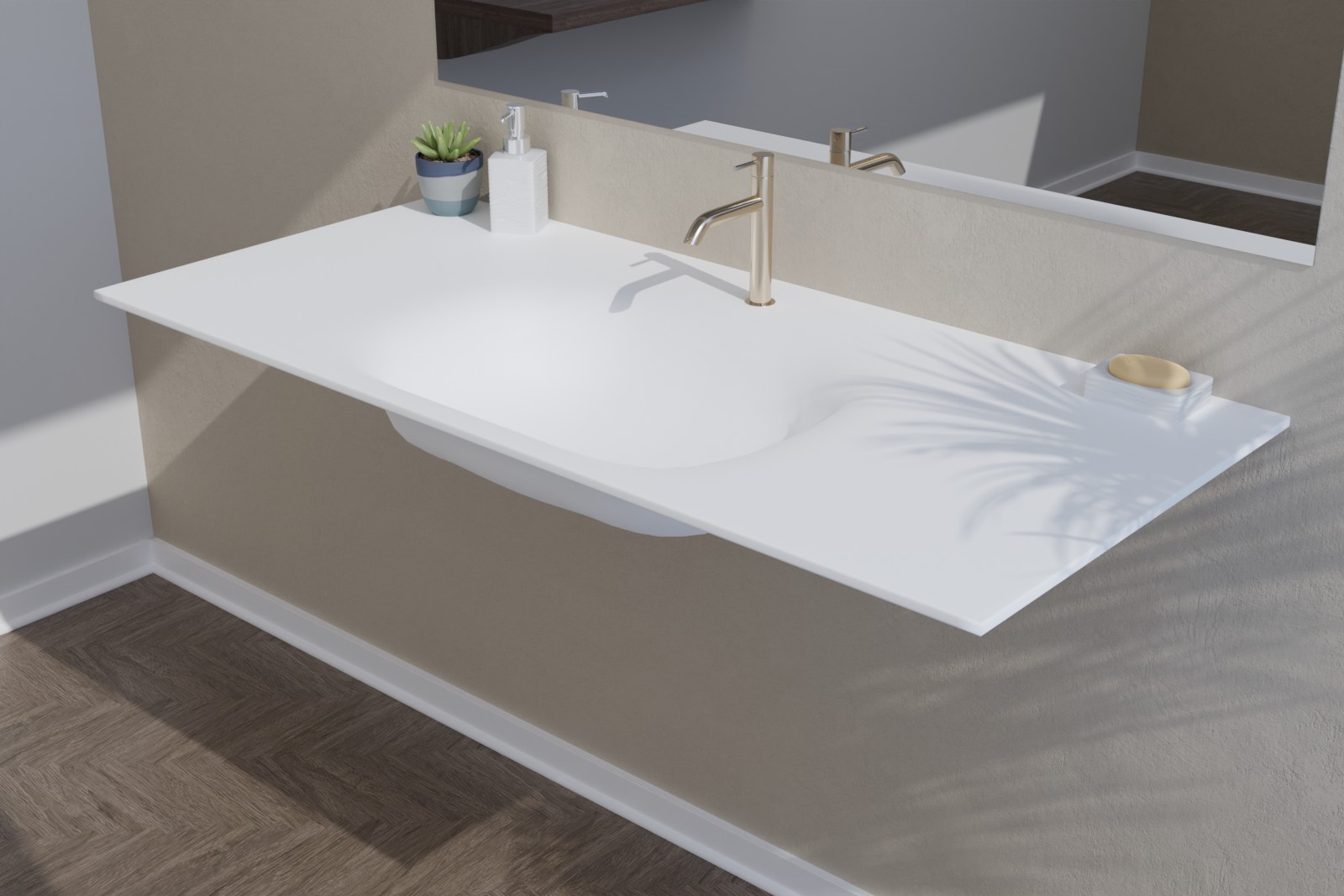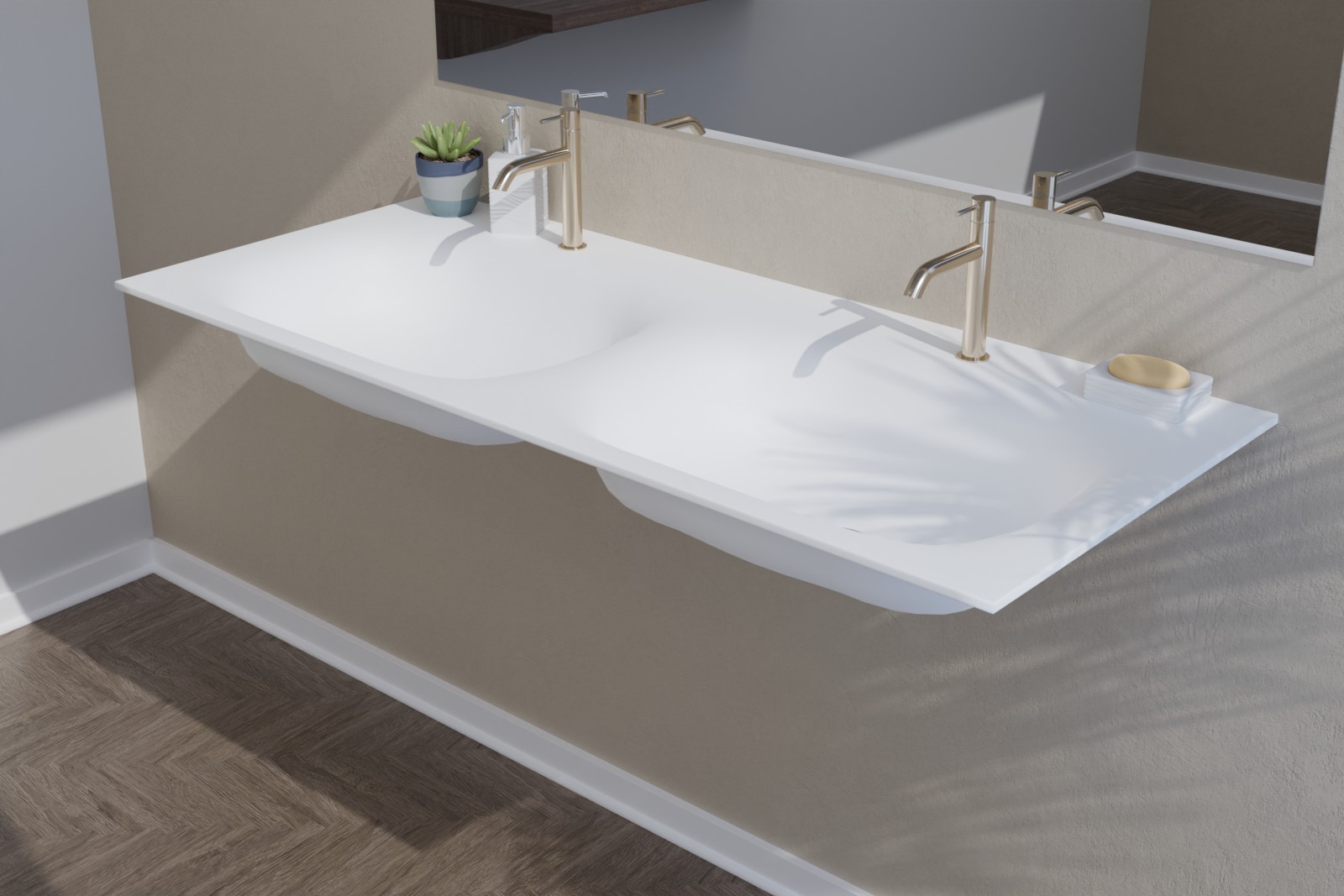Eco-friendly bathroom design has become a popular choice for those looking to reduce their carbon footprint and impact on the environment. There are many eco-friendly options for creating a functional, comfortable and sustainable bathroom. In this article, we'll explore the key steps to designing an eco-friendly bathroom.
.jpg)
Reducing water consumption
The first step in creating an eco-friendly bathroom is to reduce water consumption. Low-flow toilets, water-saving showerheads and taps can help reduce the amount of water used. At VASCOPLAN, our Sanycess mixers are designed to reduce our impact on water consumption. Our eco-friendly taps are equipped with the latest technology to help protect our environment thanks to a flow restrictor. The flow limiter ensures that whatever the pressure of the installation, if you open the flow handle fully, the flow will never exceed the value of the limiter. This makes it an environmentally-friendly mixer tap, as it does not exceed 9 l/min. A traditional tap would use between 170 and 240 litres of water for a shower, whereas Sanycess mixers use just 90 litres. That's a saving of between 50 and 70%. Don't worry about pressure - it remains completely unchanged, because our taps are equipped with a component that manages water and air, giving you the same pressure as a conventional tap. Taps with motion sensors are also a good option, as they reduce wasted water by turning off automatically when you're not using the tap.
Use sustainable and ecological materials
The materials used to build your bathroom have an impact on the environment. Choose sustainable, eco-friendly materials such as Solid Surface for your bathroom furniture. This eco-responsible material is made up of 2/3 natural minerals and 1/3 acrylic resin. It emits no volatile compounds, which limits the risk of pollution from particles. It is also 100% recyclable, and can be reprocessed and reused in its production cycle. What's more, it has a number of technical advantages, such as being antibacterial, easy to clean, resistant to chemicals that won't damage the material, and repairable, making it a top-of-the-range material. Wood and bamboo are also very good solutions for using sustainable materials in your bathroom furniture.
.jpg)
Use environmentally-friendly paints
There are now paints available that are said to be environmentally friendly, thanks to their clean composition, which is based mainly on natural elements, and their low volatile organic compounds (VOCs), which do not exceed the maximum threshold of 100g/l.
Reduce your electricity consumption
There are two main ways to reduce electricity consumption in your bathroom. The first option is to encourage natural light. When building your bathroom, it's important to think carefully about the layout of your windows and openings. Installing skylights is a very good idea if you want to bring light into the room without using electricity. The second solution is to use LEDs. LEDs consume very little electricity and are the most environmentally-friendly lighting solution. They consume almost 80% less electricity than a conventional bulb, because they produce very little heat. However, their lighting is just as effective as that of a conventional bulb, and you can even choose between warmer and cooler shades of light.
.jpg)
Use ecological cleaning products
Cleaning products often contain chemicals that are harmful to the environment. For an eco-friendly bathroom, it's important to use green cleaning products. Products based on vinegar, bicarbonate of soda and lemon are safe and effective options for cleaning your bathroom.
Use renewable energy sources
Using renewable energy sources is essential for an eco-friendly bathroom. Installing solar panels on the roof can help provide electricity for lighting and electrical appliances. Using a solar water heater is also a good option for heating the water in your bathroom.
Install compostable toilets
Traditional toilets are a major source of wasted water and pollution. Composting toilets are an environmentally friendly alternative that use less water and produce natural fertiliser for the garden. Composting toilets may seem unusual, but they are becoming increasingly popular with people looking to reduce their impact on the environment.
In conclusion, designing an eco-friendly bathroom is a responsible choice that will reduce your carbon footprint. By following these simple steps, you can create a functional and comfortable bathroom while reducing your impact on the environment.


